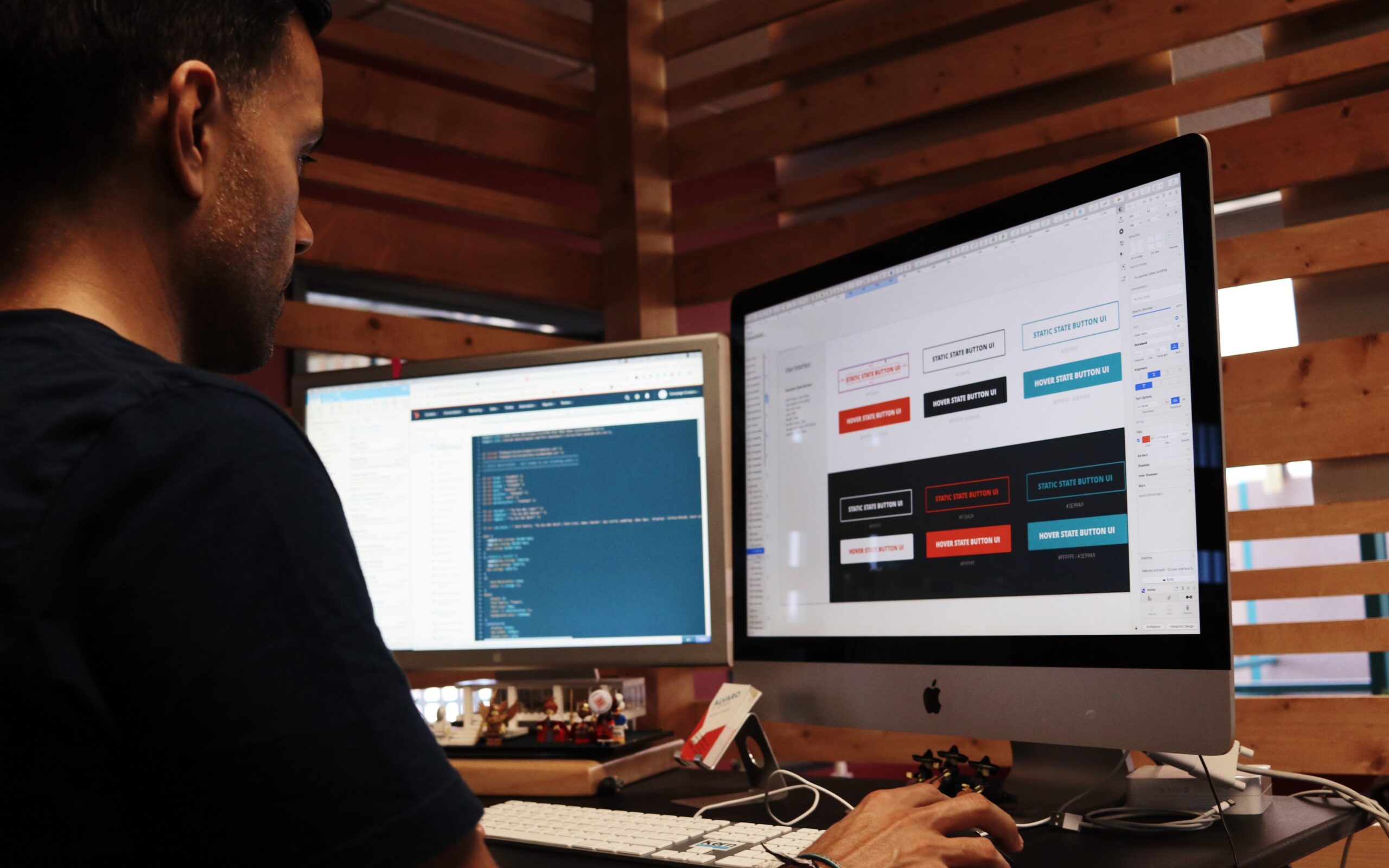With the rise of blockchain technology, a brand-new chapter of the internet has started — called Web 3.0 Developer
Web 3.0 simply means moving towards a more open and decentralized internet. At the heart of this change is blockchain, which powers things like digital money systems (DeFi), apps that don’t depend on one company (dApps), self-running agreements (smart contracts), and digital collectibles (NFTs), along with many other new ideas.
Who is a Web 3.0 developer?
A Web 3.0 developer is basically a software creator who builds apps, services, and systems for this new internet era.
In simple words, these developers focus on decentralized technologies such as blockchain networks, direct peer-to-peer sharing, and distributed storage systems.
What does a Web 3.0 developer do?
Web 3.0 developers are responsible for making and managing apps that run on decentralized networks. Some common things they do are:
-
Work with blockchains. They use platforms like Ethereum or Hyperledger Fabric to create new apps or connect old ones with blockchain. Sometimes, they even help design new blockchain systems.
-
Write smart contracts. These are small programs that run on blockchain and automatically carry out agreements between people or companies.
-
Build decentralized apps (dApps). They design apps that connect with blockchain but also have easy-to-use interfaces. Such apps are more reliable and secure than traditional ones.
-
Work on DeFi systems. They create financial apps where people can lend, borrow, or trade directly without needing banks.
-
Make APIs and infrastructure. These are the building blocks that let apps talk to blockchains smoothly. Developers also create libraries and tools to help others build.
-
Keep everything safe. Just like any modern app, security is super important. Web 3.0 developers follow safe coding methods and run checks to avoid risks.
How to become a Web 3.0 developer
If someone wants to enter this field, they need a solid base in software development plus special skills for Web 3.0.
This guide is part of:
What is Web 3.0 (Web3)? Definition, guide and history
It also includes:
-
Differences between Web 1.0, Web 2.0, and Web 3.0
-
10 main features of Web 3.0
-
8 practical Web 3.0 examples
Steps to follow:
-
Learn blockchain basics. Understand how blockchains work, how transactions are approved (proof-of-work and proof-of-stake), and the role of cryptography. Also, learn smart contract design and how different blockchains connect with each other.
-
Practice with tools. Explore developer tools like Hardhat, OpenZeppelin, and Alchemy to gain real experience.
-
Create sample projects. Build apps like NFTs or simple DeFi platforms to show your skills.
-
Join open-source projects. Contribute to well-known projects like Ethereum or other blockchain frameworks — this gives hands-on knowledge and builds your network.
-
Be active in the community. Take part in hackathons, join groups, and connect with experts online.

Skills needed for Web 3.0 developers
To succeed, a Web 3.0 developer must mix general programming knowledge with special blockchain skills.
-
Smart contracts. Learn Solidity, the main coding language for writing blockchain contracts.
-
Programming. Know JavaScript for front-end and blockchain work, Rust for Solana projects, and Python for both apps and data tasks.
-
Frameworks. Be comfortable with Hardhat, Web3.js, or Ethers.js for connecting apps to blockchain, and use testing tools to check contracts.
-
Security. Know how to avoid common mistakes, review code properly, and keep apps secure.
About the Author:
Sean Michael Kerner is a technology consultant and enthusiast who loves experimenting. He has worked with older systems like Token Ring and NetWare and even builds his own Linux kernels. He helps organizations and media outlets understand technology trends.




